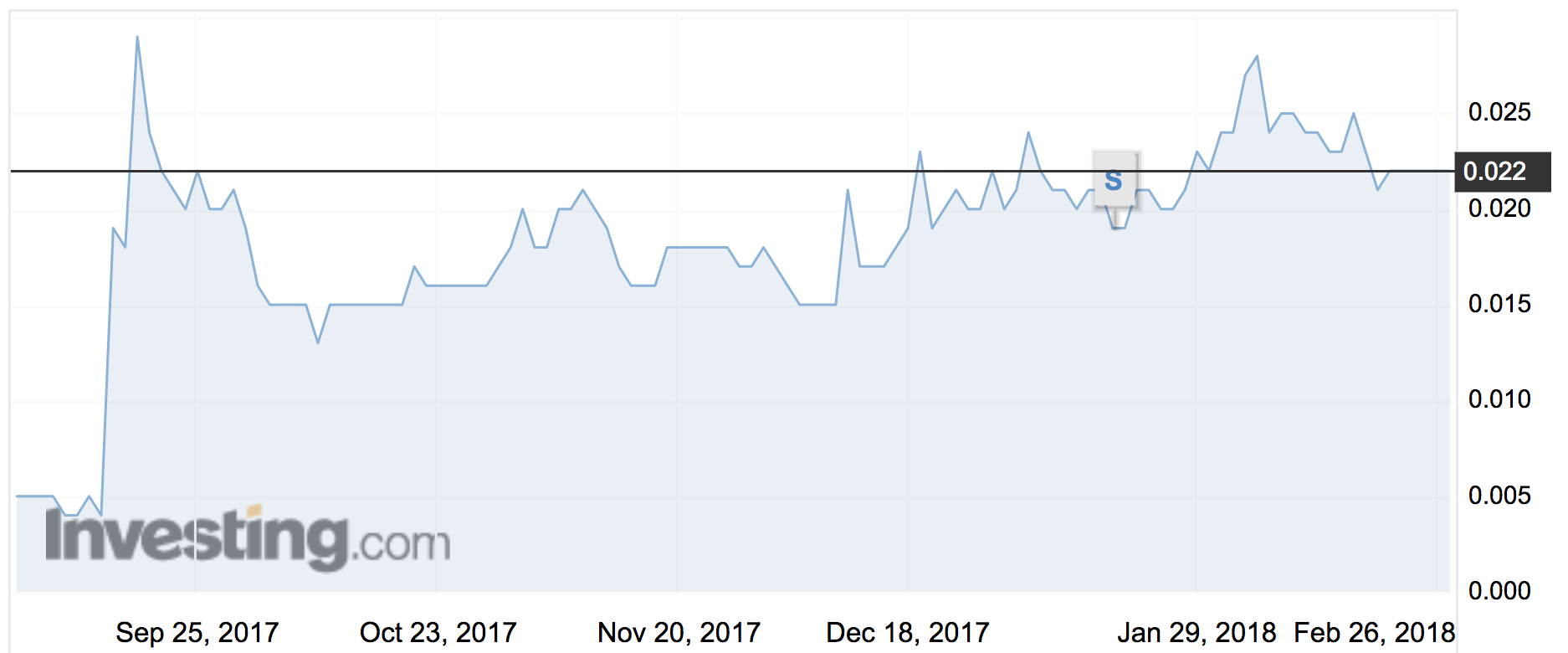Patrys jumps 100pc after proving it can kill brain cancer in mice

Pic: Godji10 / iStock / Getty Images Plus via Getty Images
Cancer drug maker Patrys has evidence to prove its brain tumour treatment can cross the blood-brain barrier and reduce the size of the growth.
The last time the company (ASX:PAB) released results for its PAT‐ DX1 drug candidate for brain tumours, the stock jumped 400 per cent.
Patrys shares doubled to 4.4c on Wednesday.
The last trial showed the drug killed cancer cells in the lab, and the latest one shows that is works on mice with human glioblastoma tumour implants as well.
“Glioblastoma is a particularly aggressive, highly malignant form of brain cancer characterised by very fast cellular reproduction,” Patrys told investors on Wednesday.
“Glioblastomas constitute approximately 15 per cent of all primary brain cancers and are a significant unmet therapeutic need, with a median survival period of 18 months.”

The drug candidate PAT‐ DX1 is a humanised version of the 3E10 anti‐DNA antibody.
The trial, by Drs James Hansen and Jiangbing Zhou of Yale University, found that the glioblastoma tumours in mice treated with PAT‐DX1 were 40 per cent smaller than the comparable tumours in control mice.
The blood brain barrier is a protective layer that only allows certain molecules to cross from the blood into the cerebrospinal fluid that surrounds the brain, and only a limited number of molecular classes can make the transition.
- Bookmark this link for small cap breaking news
- Discuss small cap news in our Facebook group
- Follow us on Facebook or Twitter
- Subscribe to our daily newsletter
“We’re really pleased about this,” chief Dr James Campbell told Stockhead.
“Being able to get any therapeutics across the blood-brain barrier is a holy grail in being able to treat diseases of the brain.”
While PAT‐DX1 is still a pre-clinical drug it’s proved itself repeatedly in animal testing across a number of difficult-to-treat cancers, including pancreatic and triple negative breast, Dr Campbell says.
Patrys will now prepare for clinical trials in 2019 by producing a cell line which reliably and repeatedly produces PAT‐DX1, and then completing toxicology studies.
UNLOCK INSIGHTS
Discover the untold stories of emerging ASX stocks.
Daily news and expert analysis, it's free to subscribe.
By proceeding, you confirm you understand that we handle personal information in accordance with our Privacy Policy.








